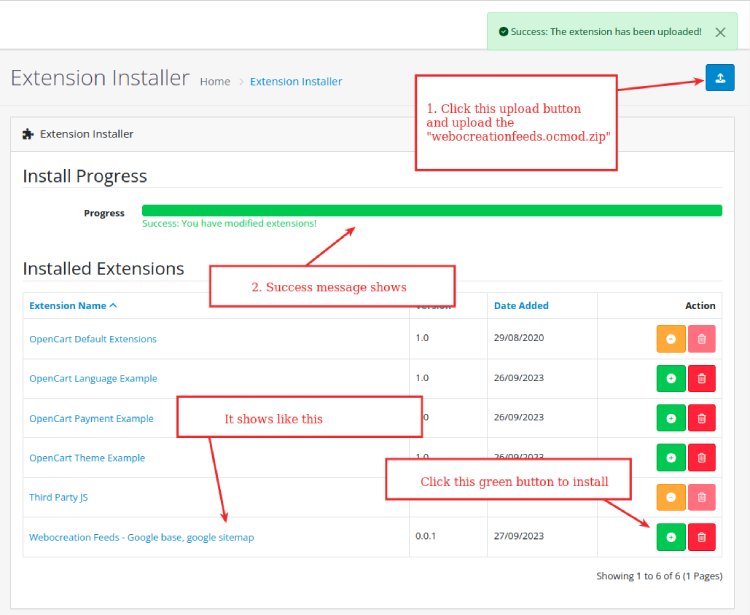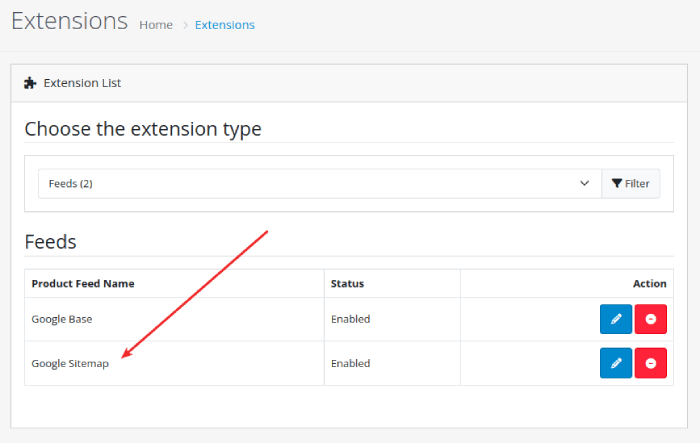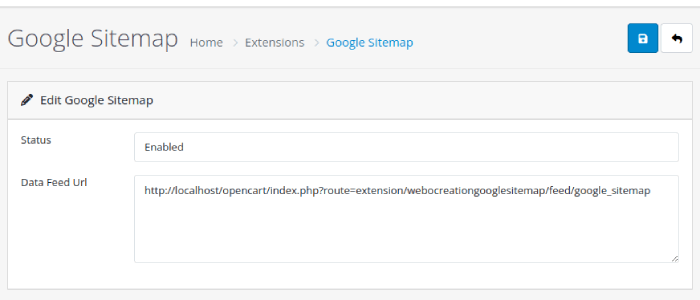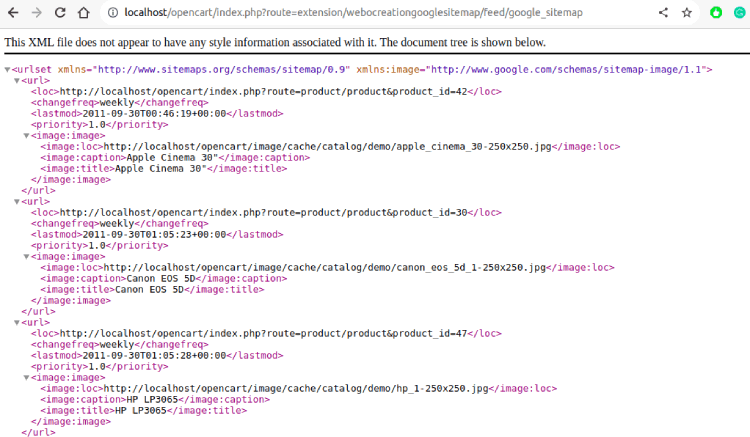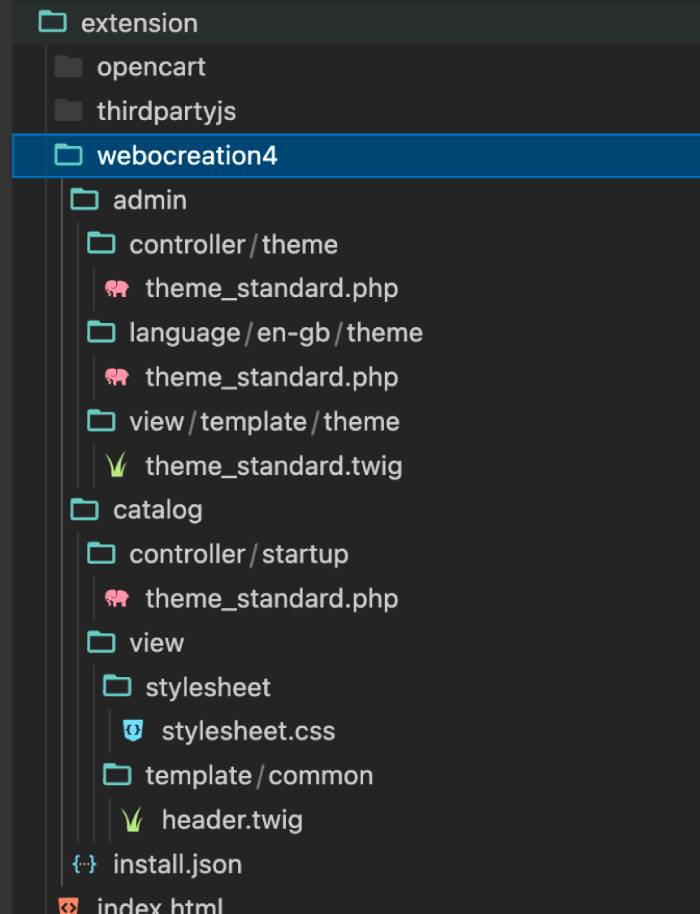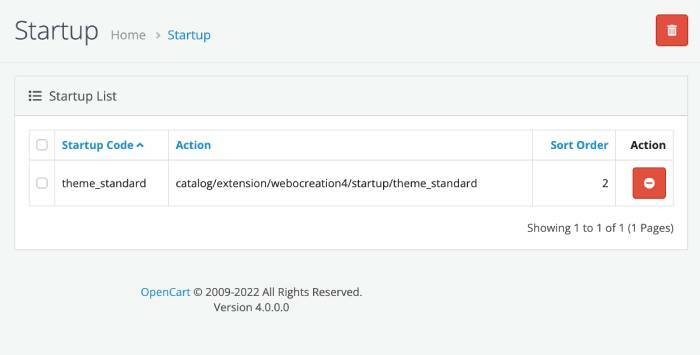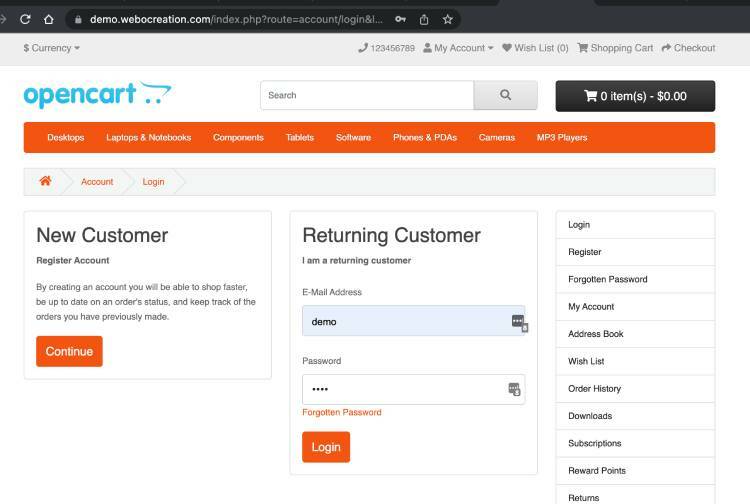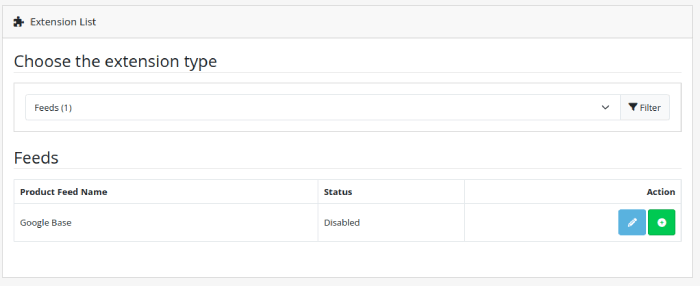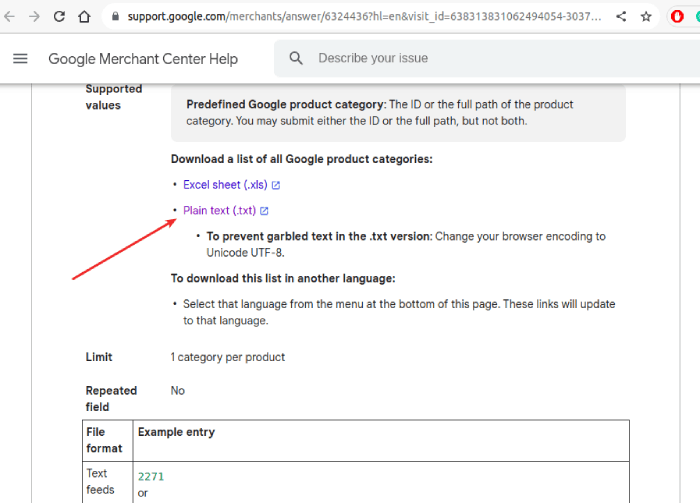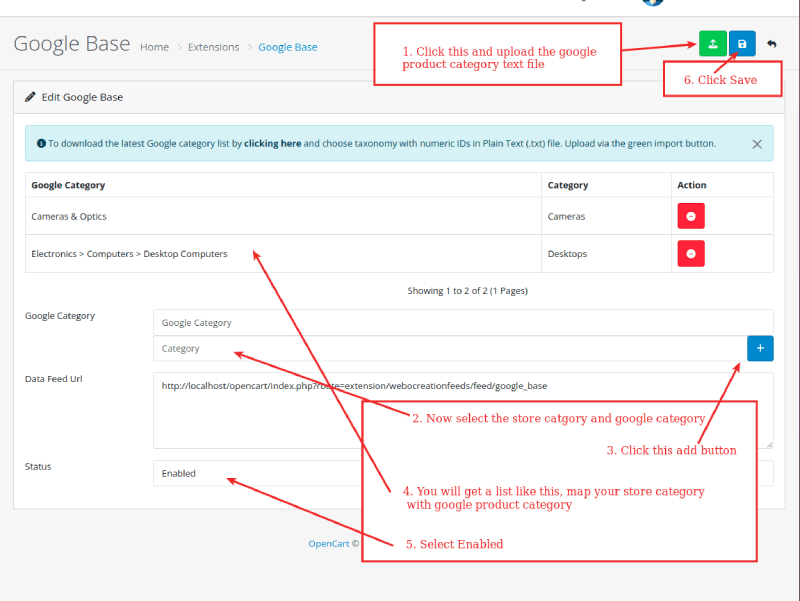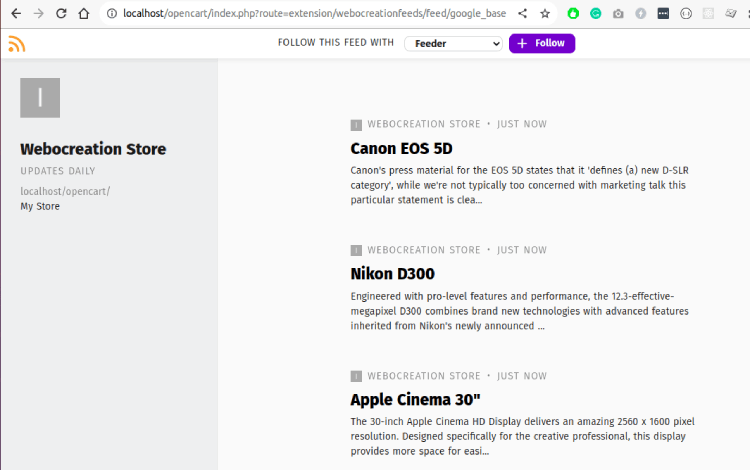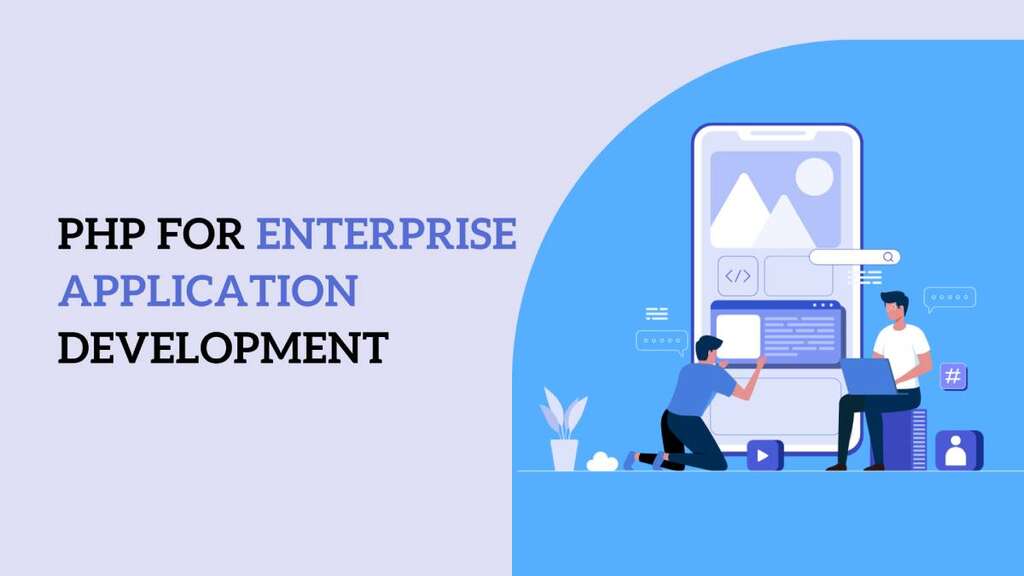Well-crafted user experience (UX) and user interface (UI) design is recognized as absolutely crucial for success in the modern, rapidly evolving digital landscape of 2024.
To win potential business and top talent, every UI UX design agency has to be at the top of its game.
Whether you’re just now diving into the world of UX/UI design, a seasoned designer seeking the perfect place to unleash your creativity, or you work for an organization searching for an agency to enhance your digital experience, this article highlights the best agencies out there for your needs.
Here’s our carefully curated list of the 12 best UI/UX design agencies to work with, and for, in 2024:
- Beyond
- Clay
- Code and Theory
- Sleepy
- Designit
- Fantasy
- Frog
- Therefore
- MetaLab
- Ramotion
- UX studio
- Work & Co
UI/UX design agency best-of list
1. Beyond
Beyond is a renowned UX design agency that has established itself as a leader in the industry. With its headquarters in London, UK, and additional offices in New York, Texas, and California, Beyond boasts a global presence and a diverse team of talented designers, strategists, and technologists.
Beyond is not your typical UX design agency; they position itself as a “design and technology ideas company”.
Beyond specializes in creating exceptional digital experiences by combining design thinking with cutting-edge technology. A multidisciplinary approach means the agency can offer a wide range of services, including:
- User Experience Design
- User Interface Design
- Product Design and Strategy
- Digital transformation
Beyond has an impressive portfolio of clients from various industries. Collaborations with major brands and industry leaders include:
- Google: Beyond partnered with Google on various projects, including creating Smart Home, building Grow, and working with YouTube to develop digital products for the Super Bowl and the Rio Carnival.
- Brompton: Beyond worked with the legendary UK folding bike builders on a new central design theme and online buying experience, transforming its digital presence in just eight weeks.
- Montblanc: Beyond teamed up with the luxury goods company to create a design system, including customizable watch faces and a suite of supporting apps for a new smartwatch.
Beyond has been recognized multiple times at The Webby Awards, an annual competition honoring excellence on the Internet, for exceptional design work.
2. Clay
Clay is a highly regarded UI UX design agency based in San Francisco, California. With a passion for developing exceptional digital products, Clay has garnered a strong reputation in the industry.
Here are some of Clay’s key areas of expertise:
- UI/UX Design
- Digital Product Design
- Enterprise Software Design
- User Research and Testing
Clay has had the privilege of collaborating with several notable clients from diverse industries. Its client roster includes:
- Facebook: Clay worked closely with Facebook, the leading social media platform, on various design projects.
- Coca-Cola: The agency partnered with Coca-Cola, a global beverage company, to create engaging digital experiences that align with the brand’s values and resonate with its target audience.
- Oppo: Clay collaborated with Oppo, a prominent smartphone manufacturer,to design user-friendly and visually appealing interfaces for Oppo’s mobile devices.
Clay has received Awwwards recognition for their outstanding UI and UX design work, showcasing their expertise in creating visually appealing and user-friendly digital experiences.
3. Code and Theory
Code and Theory is a distinguished UX design agency that has established itself as a leader in the industry. With a wide range of UX and UI design services, a depth of expertise, and an impressive client portfolio, Code and Theory has earned a strong reputation for delivering exceptional user experiences.
Here are Code and Theory’s key areas of expertise:
- UX/UI Design
- Content Strategy
- Digital Campaigns
- Technology Solutions
Code and Theory has had the privilege of working with an impressive roster of clients, spanning various industries. Here are some of their notable clients:
- NBC Sports: Code and Theory collaborated with major broadcasting network NBC to overhaul seven old apps into a sleek one-stop-shop digital product, offering videos, editorial, social engagement, and statistics to its audience.
- The Venetian: The agency worked with the Vegas casino and resort The Venetian for years to build a brand new website that expresses the luxury brand’s unique story in the digital space while offering customers a best-in-class booking flow.
- American Express: Code and Theory formed a strategic partnership with the credit card company, totally redesigning the templates at the core of its conversion process.
Code and Theory was honored at the prestigious Cannes Lions Festival for its innovative and creative digital campaigns and design work.
Interested in working with them? Their careers page is regularly updated.
4. Sleep
Codal is a UX design agency known for its expertise in creating exceptional user experiences.
Codal provides comprehensive UX and UI design services to create intuitive and visually appealing digital experiences. Its services include:
- User Research
- Information Architecture
- Wireframing and Prototyping
- Visual Design
- Responsive Design
- Usability Testing
Codal has worked with a range of notable clients across different industries. Notable clients include:
- Pepsi: Codal collaborated with Pepsi to enhance their digital experiences and improve customer engagement.
- Intuit: They partnered with Intuit, the software company behind TurboTax and QuickBooks, to create intuitive and user-friendly interfaces for Intuit’s financial software products.
- United Airlines: Codal worked with United Airlines to improve its website and mobile app experiences, enhancing the booking process and overall user journey.
Codal was recognized by Clutch, a leading B2B ratings and reviews platform, as one of the top UX design agencies, highlighting their expertise and client satisfaction.
5. Designit
Designit is a global UX design agency with over 16 studios worldwide. Founded by industry veteran Alan Cooper, Designit works with renowned companies such as Google and Starbucks. They specialize in interaction design and service design, and actively contribute to design education through courses and training programs.
Designit offers a comprehensive range of UX and UI design services to help organizations create seamless and engaging digital experiences. Some of their services include:
- User Research
- Service Design
- Interaction Design
- Visual Design
- Prototyping and Testing
Designit has had the opportunity to collaborate with numerous notable clients across industries. Some of their notable clients include:
- Google: Designit partnered with Google to improve educational outcomes around the globe, helping Google become the market leader for educational technology.
- Starbucks: They partnered with Starbucks to design digital solutions, including mobile apps and in-store digital experiences, improving customer engagement and loyalty.
- Novo Nordisk: Designit collaborated with Novo Nordisk, a pharmaceutical company, to develop digital health solutions that empower patients and healthcare professionals.
6. Fantasy
Fantasy is a global UI/UX design agency with offices in the U.S. and London. They are known for beautiful UI and website design and have worked with well-known brands such as Porsche, USA Today, and Mitsubishi, to create immersive and visually stunning user experiences.
Fantasy offers a range of UX and UI design services that focus on creating captivating and intuitive digital experiences. Services include:
- UX Design
- UI Design
- Micro-interactions
- Animation
- Prototyping and Testing
Fantasy has worked with a range of notable clients across different industries. Notable clients include:
- Porsche: Fantasy collaborated with Porsche to create a visually striking and interactive website that reflects the luxury and performance of the brand.
- USA Today: They partnered with USA Today to design a mobile app that delivers personalized news experiences and seamless content consumption for users.
- Mitsubishi: Fantasy worked with Mitsubishi to design a digital showroom experience that showcases their vehicles and engages potential customers.
Fantasy has been featured in the Communication Arts Interactive Annual, a highly regarded design publication, for exceptional interactive design work.
7. Frog
Frog is one of the oldest industrial design firms, operating for over 50 years. They offer a wide range of services, including digital interfaces, hardware design, and branding. Frog operates from 10 offices worldwide and employs over 500 people.
Over the years, Frog has racked up an impressive portfolio of stellar clients. Including:
- GE: Frog partnered with General Electric Company (GE)to reimagine and transform the user experience of GE’s digital products and services. They focused on enhancing the usability, efficiency, and overall satisfaction of GE’s industrial software and digital solutions.
- AT&T: Frog collaborated with AT&T to design innovative user experiences for their telecommunications products and services. They worked on projects ranging from mobile apps to web interfaces, aiming to provide seamless and intuitive interactions for AT&T’s customers.
- Disney: Frog worked with Disney on multiple projects, including the design of user experiences for Disney’s digital platforms and entertainment services. They focused on creating magical, immersive experiences that aligned with Disney’s brand identity.
Frog received the iF Design Award, one of the most prestigious design awards in the world. This award acknowledges Frog’s commitment to delivering cutting-edge and impactful UX design experiences.
8. Therefore
Ideo is a legendary innovation firm based in Palo Alto, California. Established in 1991, they are known for their industrial design expertise and influential role in popularizing design thinking. Ideo collaborates with diverse teams to provide innovative solutions for clients and has worked with major brands such as Apple.
Ideo collaborated with numerous high-profile clients across various industries. Here are some notable partners:
- Apple: Ideo worked closely with Apple on various projects, contributing to the design and development of user-friendly and innovative products.
- Coca-Cola: Ideo collaborated with Coca-Cola on projects related to product design, brand strategy, and user experience, helping create engaging and memorable experiences for consumers.
- Ford: Ideo partnered with Ford to reimagine the future of mobility, exploring new concepts, and designing user-centered experiences for vehicles.
Ideo has received numerous awards and accolades for contributions to the field of UX design. These include multiple Red Dot Design Awards across various categories and several Industrial Designers Society of America Awards. Ideo has also consistently been recognized by Fast Company as one of the most innovative companies globally, highlighting their groundbreaking work in UX design and beyond.
9. MetaLab
MetaLab is a Canadian interface design firm that offers product design, custom software development, and UX/UI design services. Metalab has worked with a range of notable clients across various industries. These include:
- Slack: MetaLab partnered with Slack from day one of the collaboration platform’s journey. MetaLab built Slack’s famously intuitive and user-friendly interfaces for enhanced productivity and teamwork from the ground up.
- Google: MetaLab worked with Google on multiple projects, contributing to the design and development of user interfaces for various Google products and services.
- Apple: MetaLab collaborated with Apple on design projects, including the development of interfaces and user experiences for Apple’s software applications and digital platforms.
MetaLab received recognition from the Canadian Web Awards, which acknowledge excellence in web design and development. These awards showcase MetaLab’s contributions to the Canadian design community.
10. Ramotion
Ramotion is a digital product agency based in San Francisco, CA, U.S. They specialize in web and mobile development, as well as UI/UX design. With an impressive client portfolio, Ramotion has established itself as a leading player in the industry. Some of these partners include:
- Salesforce: Ramotion partnered with the leading customer relationship management platform to design and develop user-friendly interfaces and enhance the overall user experience of their products.
- Netflix: Ramotion worked with Netflix to create intuitive and visually appealing interfaces that facilitate seamless content consumption for millions of users worldwide.
- Mozilla: Ramotion collaborated with Mozilla, the organization behind the Firefox web browser, to design and improve their digital products’ user experience, including the browser and related applications.
11. UX studio
UX studio is an award-winning European UI UX design agency known for its global presence and expertise in user experience research and digital product design. With a focus on delivering tailored solutions and leveraging agile methodologies, they work closely with their partners to ensure efficiency and impactful results.
UX studio offers a range of services that revolve around user experience design. Core areas of expertise include:
- UX Research: UX studio conducts thorough research to understand users’ needs, behaviors, and preferences. This includes user interviews, usability testing, and competitive analysis to gather valuable insights.
- UX Design: They specialize in creating intuitive and engaging user interfaces for digital products. This involves wireframing, prototyping, and interaction design to ensure seamless user experiences.
- Product Design: UX studio takes a holistic approach to product design, considering both the user interface and overall product strategy. They focus on delivering cohesive and impactful digital experiences.
UX studio has had the privilege of working with renowned companies and organizations such as Google, HBO, Netflix, and The United Nations World Food Programme.
12. Work & Co
Work & Co is an experience design agency that specializes in creating digital products and services. They have offices in New York, Portland, and São Paulo. Work & Co follows a unique approach of putting senior designers and engineers on every project, ensuring a high level of expertise and attention to detail. They aim to create seamless and intuitive user experiences across various platforms.
Work & Co’s services and areas of expertise include:
- User Experience Design: Work & Co focuses on understanding user needs and designing interfaces that are easy to use, visually appealing, and aligned with the brand’s goals.
- User Interface Design: They create visually engaging and responsive interfaces that enhance the user experience and effectively communicate the brand’s message.
- Product Strategy: Work & Co helps clients define their product vision, identify market opportunities, and develop strategies to achieve their business goals.

